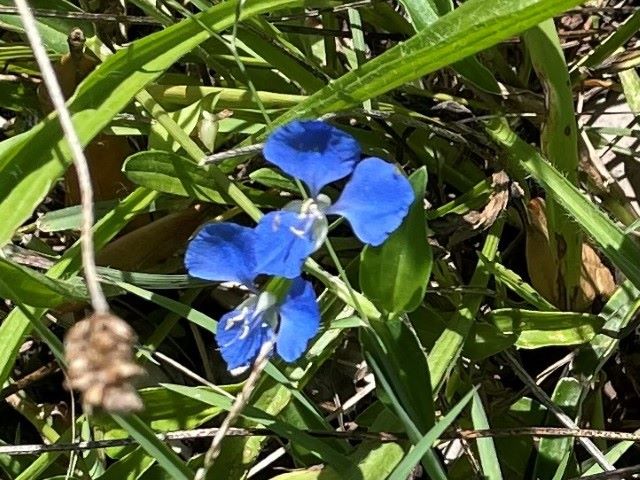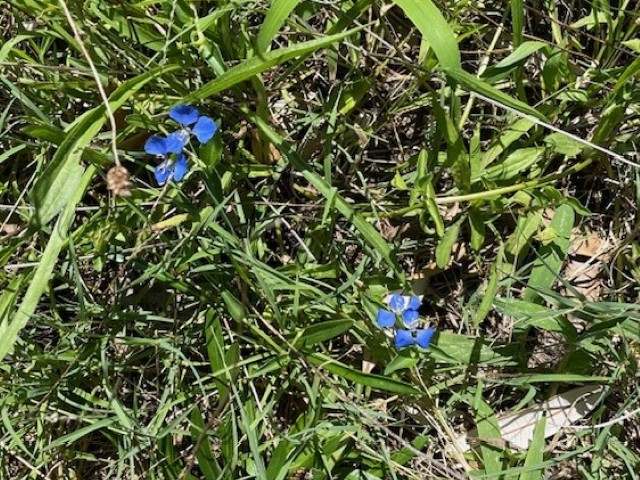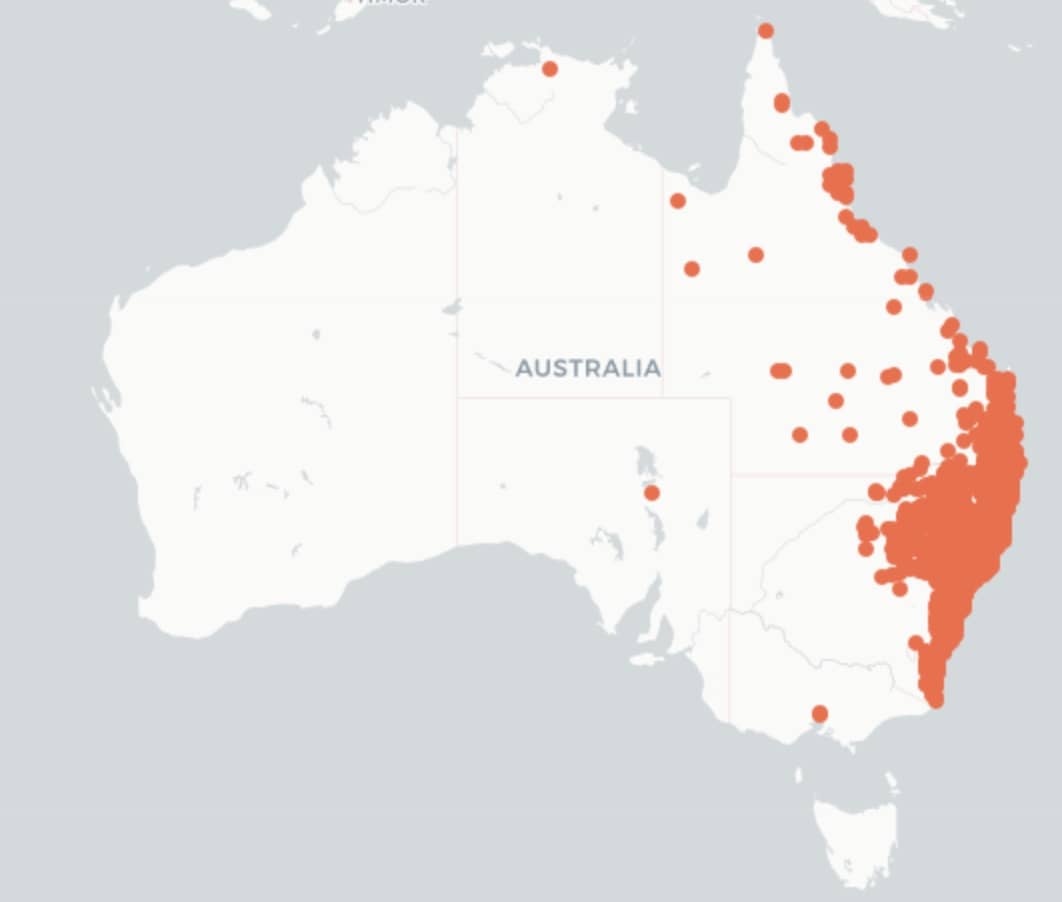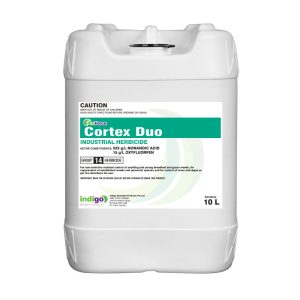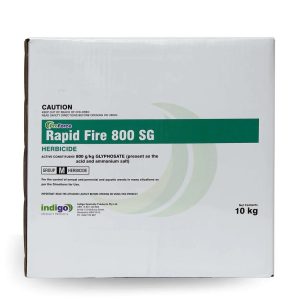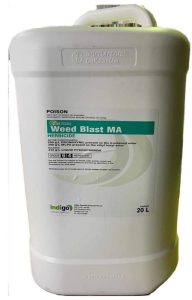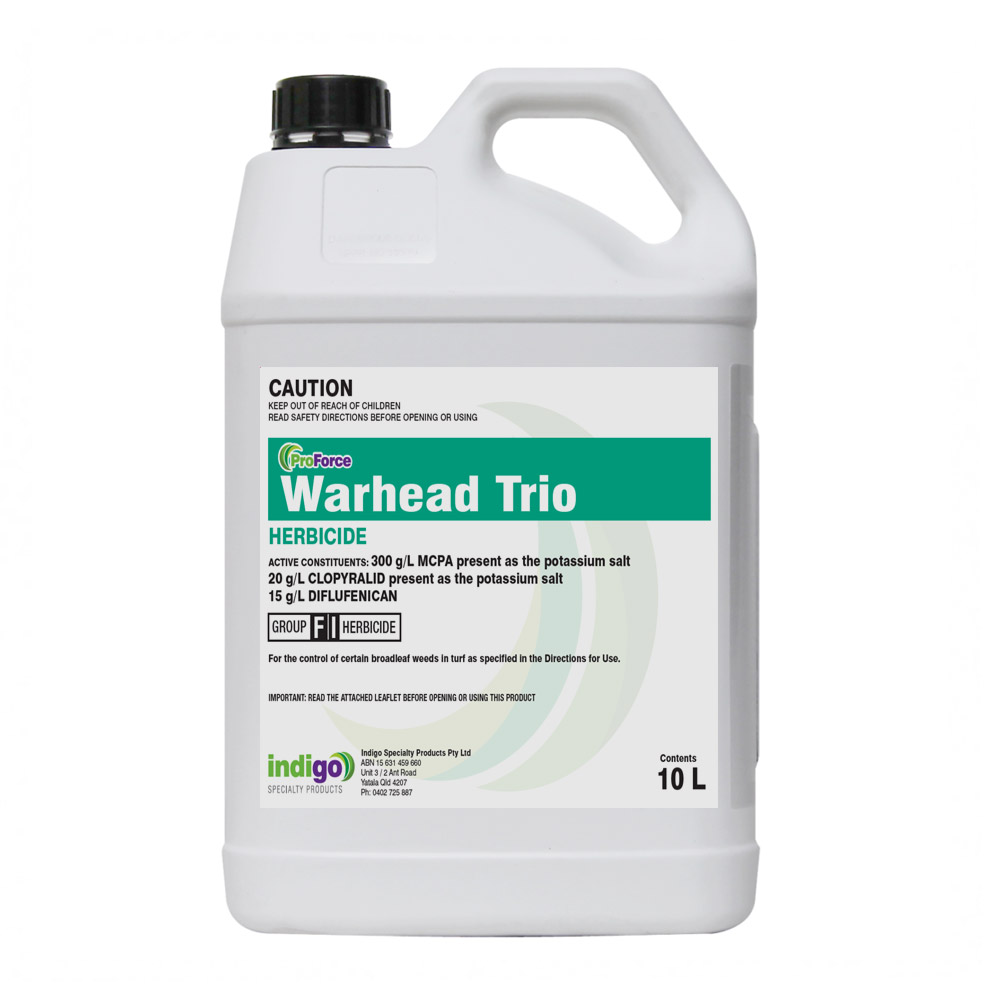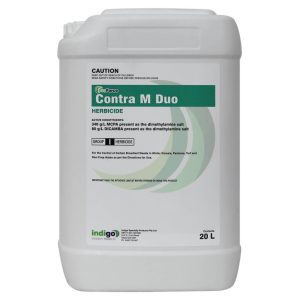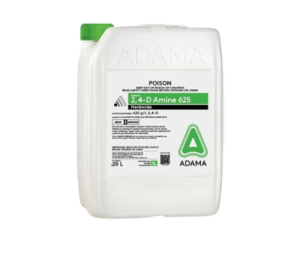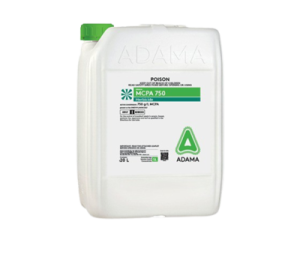Scurvy Weed (Commelina cyanea).
Scurvy weed (Commelina cyanea) is also known as Native Wandering Jew or Forget-Me-Not. It is a problem weed in turf and garden situations.
Its aggressive growth habit make it a significant challenge in cultivated landscapes.
Native Wandering Jew is not in the same family as Wandering Jew. Native Wandering Jew is a perennial plant, not a Winter annual like Scurvy Weed.
The distribution map is courtesy of The Atlas of Living Australia.
Classification Of Scurvy Weed.
Family: Commelinaceae.
Genus: Commelina.
Species: C. cyanea.
Common names: Scurvy weed, Native Wandering Jew, or Forget-Me-Not.
Plant type: This a long lived, perennial low growing herb.
Scurvy Weed is a C3 Weed. It uses C02 very efficiently in shade.
How To Identify Scurvy Weed.
What Does It Look Like.
- Grows flat along the ground with fleshy stems.
- The fleshy stems of Scurvy weed can grow 1 to 2 m long.
- It has creeping, stems with branches.
- It forms thick mats that cover large areas.
Stems.
- The stems are fleshy, and have a high moisture content.
- Stems root where they touch moist soil.
Leaves.
- 4 to 6 cm long.
- 2 to 24 mm wide.
- Lance-shaped with a pointed tip.
- The leaves are alternate along the length of the stem.
- Have small hairs along the edges.
Flowers.
- Three bright blue petals (rarely white).
- You see them in the Summer and the early Autumn.
- Grow in small clusters.
- 1-3 flowers per cluster.
- The flowers only open in the morning.
How It Spreads.
- This weed reproduces by seeds and vegetatively via creeping stems.
- Seeds and stem pieces spread by water and in contaminated soil.
Scurvy Weed (Commelina cyanea) is a good soil indicator of high nutrient soils.
For more information check out our weed ID Chart.
How To Tell Apart Similar Plants.
People often confuse scurvy weed with other plants. Here’s how to tell them apart:
Common Name | Latin Name | Lifecycle | Flower Colour | Number of Flowers | Flowers above the flower head | Hairs on Leaf Sheath | Comments | |
Scurvy Weed | C. cyanea | Perennial | Blue | 1-3 | No | Yes | Native to moist forests and woodlands. | |
Scurvy Grass | C. ensifolia | Perennial | Blue | Multiple | No | Yes | Flowers have three petals (one smaller than the other two). | |
Hairy Wandering Jew | C. benghalensis | Annual or Perennial | Blue | 1-3 | Yes | Red to Brown | Introduced. A weed of waterways and farms | |
Trad | Tradescantia fluminensis | Perennial | White | 1-3 | No | No | Introduced. An environmental weed in VIC, NSW, SA, QLD and TAS. A potential environmental weed in WA and the ACT. | |
Why Is Scurvy Weed Bad For Turf?
How It Competes With Grass.
- This weed grows rapidly. It forms a dense ground cover that smothers other plants.
- Small stem pieces can regrow into new plants.
- This weed becomes more resistant to herbicides as it matures.
- It competes with turf for space, light, and nutrients.
- The high moisture content of its stems allow it to survive in dry periods once it is mature.
What Conditions It Likes
Light: Grows well in shade. Very good at using sunlight in shady spots.
Water: Needs moist to wet conditions.
Soil: Shows up in high-nutrient soils.
Temperature: Grows fast in warm, wet weather. Dies back when cool and dry.
How to Control Scurvy Weed.
You can control Forget-Me-Not by cultural and chemical means.
Control of Scurvy Weed With No Chemicals.
Prevention.
- Maintain a thick, dense grass cover. This enables the turf to outcompete this weed.
- Improve the soil drainage.
- Reduce any shade.
- Don’t over fertilise as this favours this weed.
Manual Control.
- Hand pull: You must remove all the plant material and throw it away.
- Problems: Small pieces will grow back, so get everything.
- Best time: Hand pull when the soil is moist for easier removal.
- Follow-up: You will need to do this repeatedly due to regrowth.
Cultural Practices.
- Regular cutting weakens Forget-Me-Not plants but won’t eliminate them.
- Do not overwater areas in shade where this weed thrives.
- Use a nutrition program that favours the grass over this weed.
Chemical Control of Scurvy Weed.
Many common herbicides are not very effective against Commelina, and this includes 2.,4-D and Pendimethalin.
Pre-emergents For Scurvy Weed.
Pendimethalin.
- Active ingredient: Pendimethalin is a Group 3 herbicide.
- Application timing: Use this before seeds germinate.
- Effectiveness: Limited efficacy against established plants.
- Registration status: Registered for various turf situations in Australia.
Post-emergents For Scurvy Weed.
2,4-D based herbicides.
- Effectiveness: Controls young Scurvy weed. However, it tends to become resistant as it matures.
- Application rate: 2 L/Ha.
- Registration: Registered for broadleaf weed control in turf.
- Limitations: Less effective on mature plants.
MCPA.
- Similar efficacy to 2,4-D on young plants.
- Registration status: This is registered for turf use.
- Best use: Use this early in the season on young plants.
Bentazone.
- Chemical group: Bentazone is a Group 6 herbicide.
- Application: This is a post-emergent broadleaf herbicide.
- Registration: Various formulations.
Combinations:
- 2,4-D + Glyphosate + Metsulfuron-methyl: 2 L/Ha + 2 L/Ha + 5 g/Ha gives 75% control.
- Picloram products.
Post-emergent Herbicides (Non-selective)
Glyphosate.
- Effectiveness: Does not work very well to control Scurvy Weed.
- Use rate: 0.9 to 1.35 kg/Ha.
- Limitations: Glyphosate has poor systemic movement in this species.
Glufosinate-ammonium.
- Effectiveness: Provides control for 4 to 6 weeks. However, this weed will regrow due to limited movement in the plant.
- Use rate: 1 to 6 L/Ha.
- Registration: Use for non-selective weed control.
Residual Herbicides (Non-selective)
Bromacil (Renegade).
- Effectiveness: Renegade stops Forget-not germination for up to 12 months.
- Use rate: 3.5 to 6.5 kg/Ha.
- Benefits: Reduces the need for multiple applications.
- Registration:You can use this on industrial/non-crop areas.
Terbuthylazine + Glyphosate + Amitrole + Oxyfluorfen combination:
- Product example: Numchuk Quad.
- Effectiveness: This gives post and pre-emergent control for up to 12 months.
- Use rate: 20 to 25 L/Ha.
Nonanoic Acid + Oxyfluorfen.
- Product example: Cortex Duo.
- Effectiveness: This gives a rapid knockdown of plants plus a 3-month residual.
- Use rate: 7 L/1000 L.
- Benefits: Safe to use around trees, and also controls moss..
Table of Herbicide Options for Scurvy Weed.
Herbicide Type | Active Ingredient(s) | Rate | Timing | Efficacy | Registration Status | Chemical Group |
Pre-emergent | Pendimethalin | Label rates | Before plants germinate | Limited | Yes | 3 |
Selective Post | 2,4-D | 2 L/Ha | Young plants | Good on young plants | Yes | 4 |
Selective Post | MCPA | Label rates | Young plants | Good on young plants | Yes | 4 |
Selective Post | Bentazone | Label rates | Active growth | Moderate | Yes | 6 |
Combination | 2,4-D + Glyphosate + Metsulfuron | 2L + 2L + 5g/Ha | Active growth | 75% control | Various | 4 + 9 + 2 |
Non-selective | Glyphosate | 0.9-1.35 kg/Ha | Any time | Poor | Yes | 9 |
Non-selective | Glufosinate-ammonium | 1-6 L/Ha | Active growth | 4-6 weeks | Yes | 10 |
Residual | Bromacil | 3.5-6.5 kg/Ha | Pre/Post | 12 months | Yes (industrial) | 5 |
What Works in Other Countries.
International Options For Scurvy Weed.
Metsulfuron-methyl.
- Location: Legal in Fiji.
- Chemical group: This is a Group 2 herbicide.
- Effectiveness: Shows promise for Forget-me-not control.
- Australian status: Available in mixes but not registered alone for scurvy weed.
Overseas Research.
United States.
- Lots of research on Forget-me-not control in warm-season grass.
- Three-way herbicide mixes show good results.
- When you tank mix herbicides with a surfactant you get better control.
Tropical Areas.
- Research is ongoing to try and time any treatment with this weeds seasonal growth patterns.
- Integration of cultural and chemical control methods.
- Development of resistance management strategies.
Managing Herbicide Resistance.
Current Resistance Problems with Scurvy Weed.
- Many herbicides are not effective against Forget-me-not.
- This includes 2,4-D and Pendimethalin.
- Mature Scurvy Weed shows an increase in its tolerance to many herbicides.
- Repeat use of single mode-of-action products increases the resistance risk.
How To Manage Herbicide Resistance.
- Rotate herbicide groups.
- Combine actives with those with a different mode of action.
- Target young, actively growing plants.
- Combine chemical control with cultural practices.
Management Programs
Seasonal Program.
- Late Winter/Early Spring. Use pre-emergents before plants seed.
- Spring: Target young growth with post-emergent selectives.
- Summer: Monitor and spot-treat any breakthrough populations
- Autumn: Make any final treatments before the onset of winter dormancy.
Long-term Plan.
- Year 1: Adopt an aggressive program that combines cultural and chemical methods.
- Year 2-3: Use a maintenance program, that uses selective herbicides and cultural practices.
- Ongoing: Monitor and prevent.
Key Management Recommendations
- Target young plants when herbicides are most effective.
- Maintain dense, healthy turf to outcompete Forget-me-not.
- Distinguish from beneficial native plants and the problematic introduced species.
- Rotate herbicide groups and combine this with cultural practices.
- Carry out regular inspection for early detection and prompt treatment.

